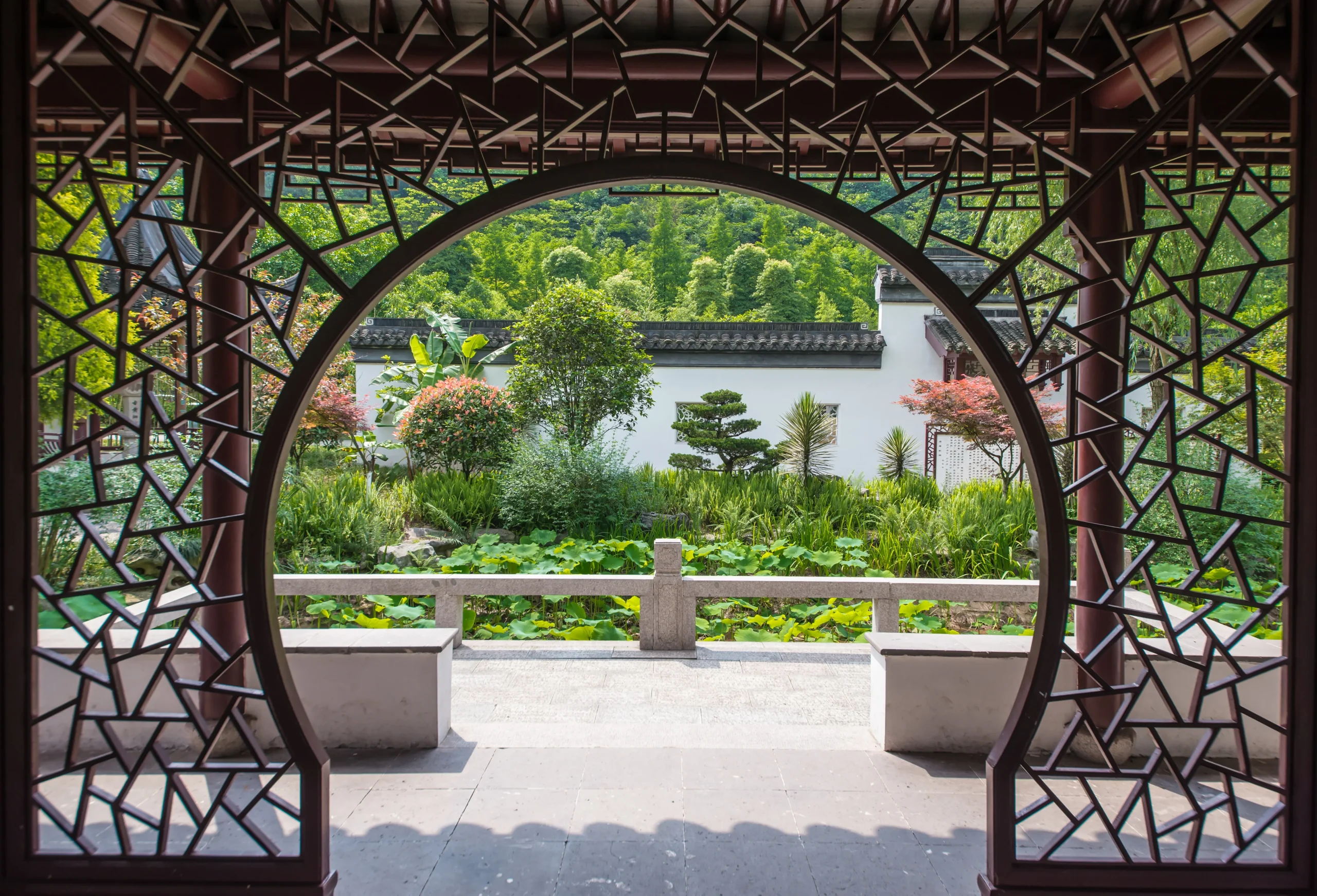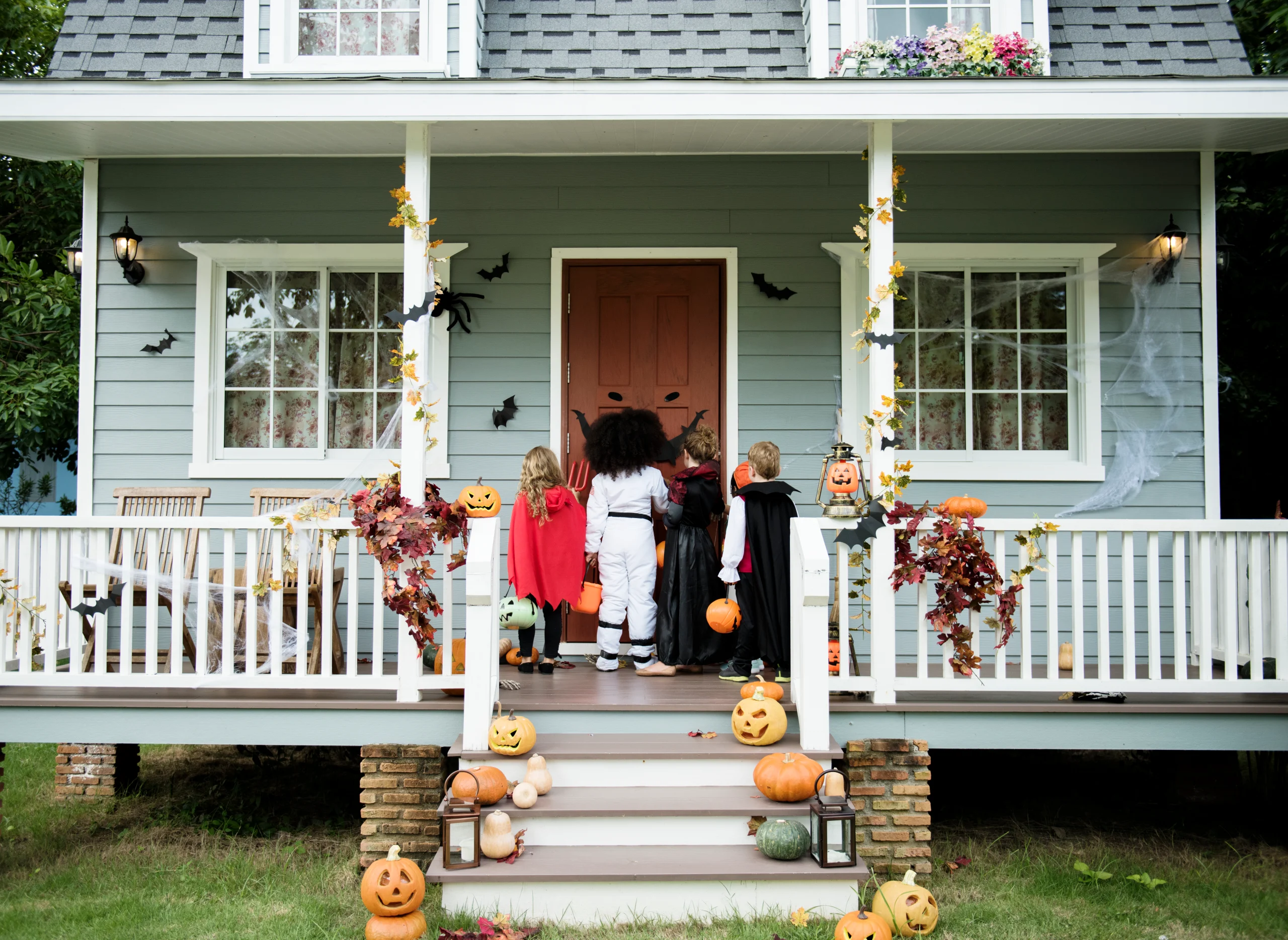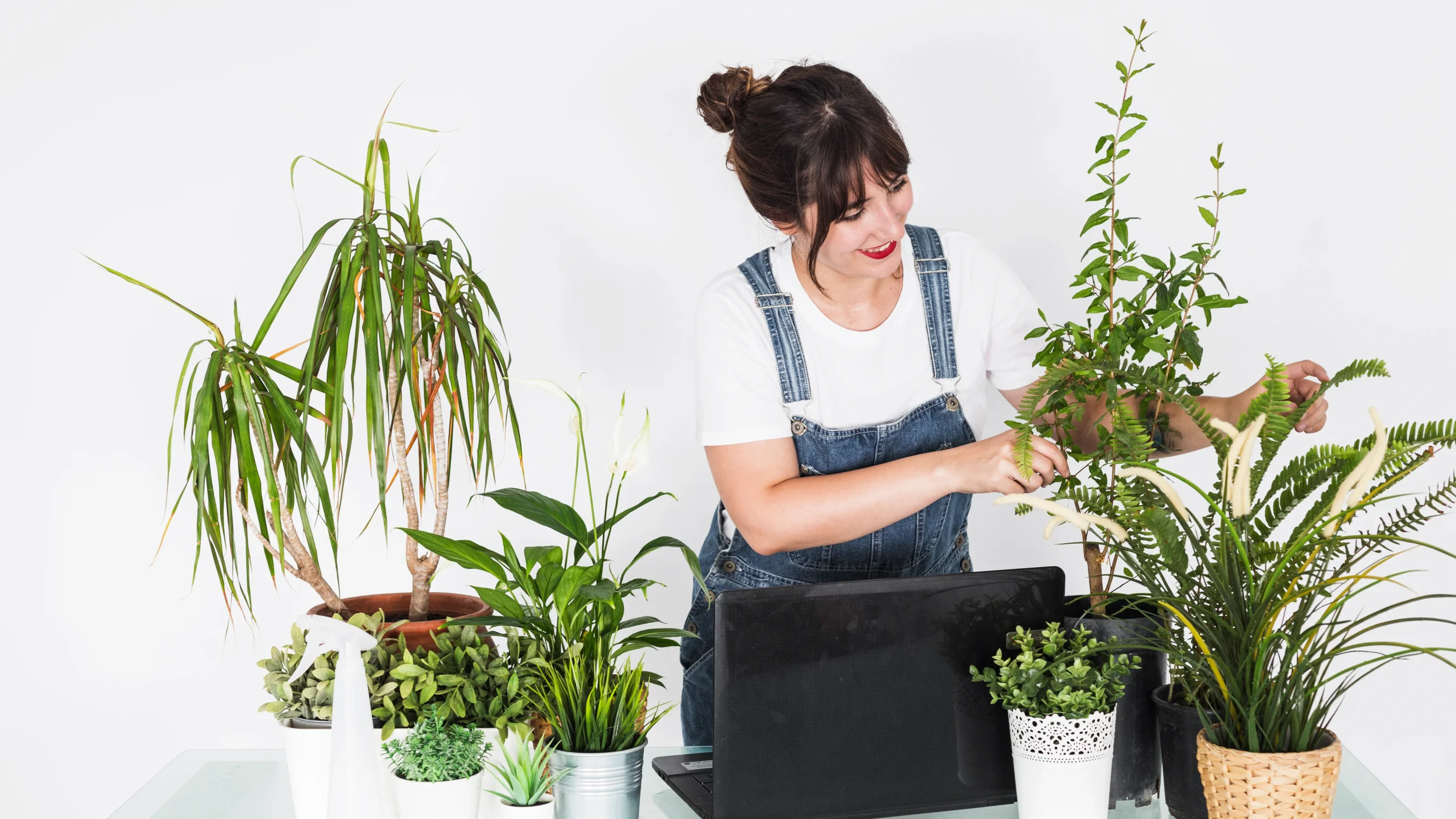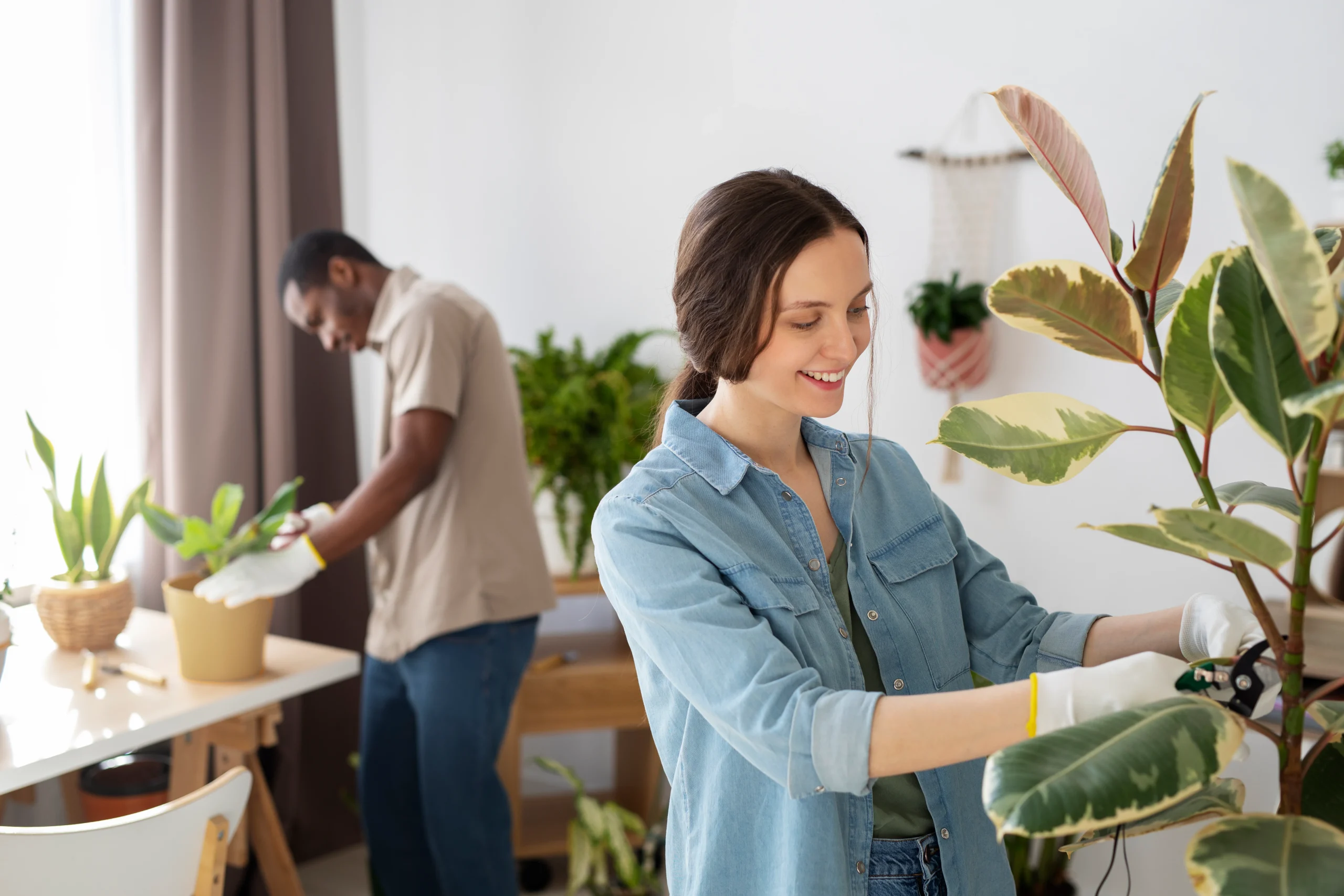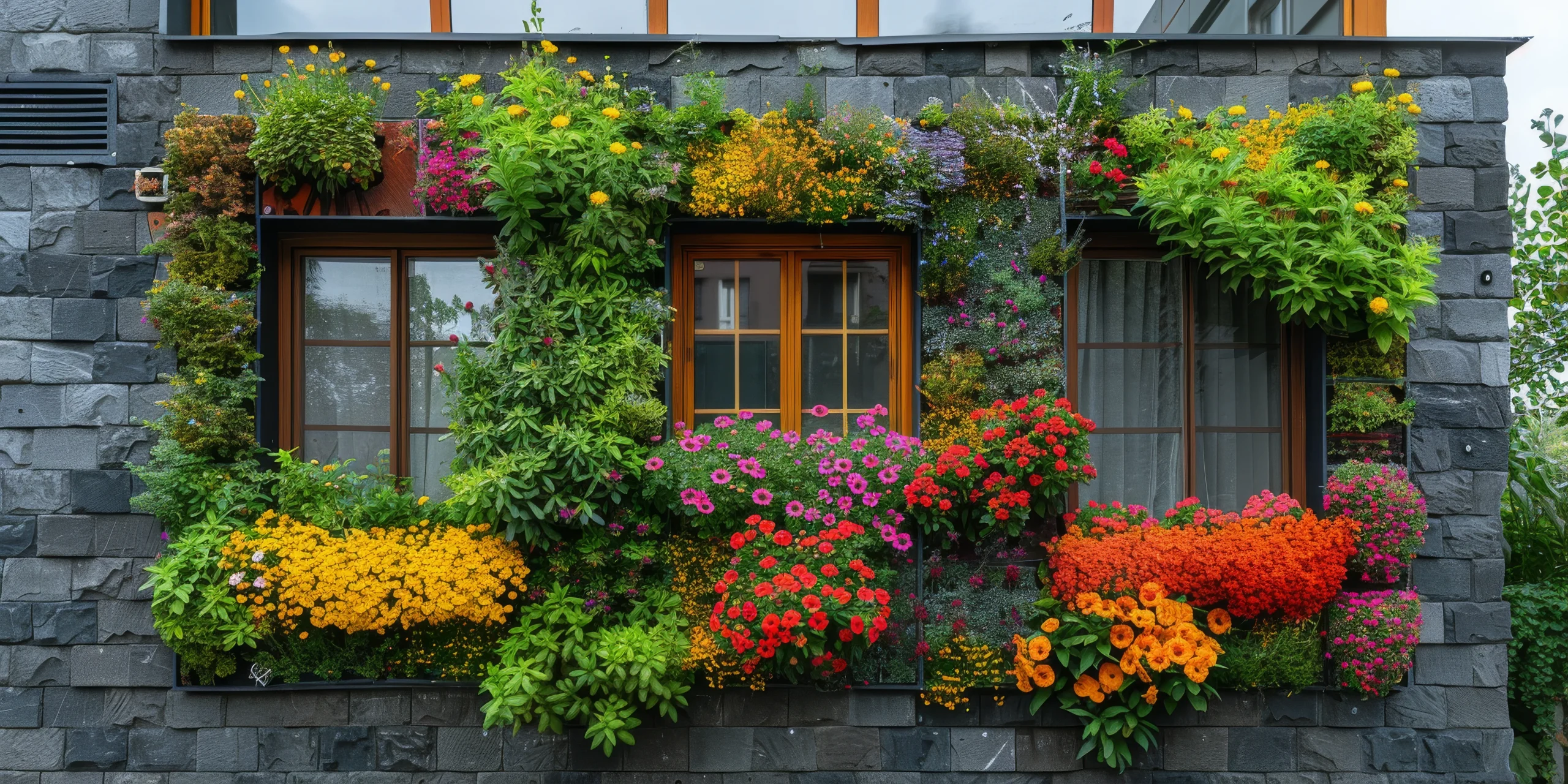Gardening is one of the most relaxing and rewarding hobbies. But for beginners, the thought of starting a garden can feel overwhelming. A simple and creative way to get started is by building your own planter box. A DIY planter box for beginners is not only budget-friendly but also allows you to grow flowers, vegetables, or herbs in a compact and organized space.
With just a few basic tools and some wooden boards, you can create a planter box that adds beauty to your balcony, patio, or backyard. In this guide, we’ll take you step by step through the process of building a beginner-friendly planter box while sharing tips on choosing materials, planting ideas, and easy maintenance.
Why Choose a DIY Planter Box
A planter box is more than just a container for plants. It gives you control over the soil, improves drainage, and protects your plants from weeds and pests. For beginners, it is the perfect way to learn about gardening without taking on a large garden right away.
Here are a few reasons why a DIY planter box is a great choice:
- Space-saving solution: Ideal for small spaces like balconies or patios.
- Customizable size: You can build a box that fits perfectly into your space.
- Affordable: With simple materials, you can make your own box for less than buying a ready-made one.
- Beginner-friendly: Requires minimal tools and basic woodworking skills.
- Encourages creativity: You can paint, stain, or decorate your planter box to match your style.
Materials Needed for a DIY Planter Box
Before we begin, gather these basic materials and tools. Most of them are affordable and easy to find at any local hardware store.
- Wooden boards (cedar or pine works best)
- Screws or nails
- Drill or hammer
- Saw (hand saw or electric)
- Measuring tape
- Sandpaper
- Wood sealer or paint (optional)
- Liner or landscaping fabric (to protect wood from moisture)
For beginners, cedar wood is highly recommended because it is durable, resistant to rot, and naturally insect-repellent.
Step-by-Step Guide to Building a DIY Planter Box
Step 1: Measure and Cut the Wood
Start by deciding the size of your planter box. A common beginner size is 2 feet long, 1 foot wide, and 1 foot deep. This is big enough to grow herbs, flowers, or small vegetables. Use a measuring tape to mark your wood and cut it with a saw.
You will need:
- 2 long side pieces
- 2 short side pieces
- 1 bottom piece
Step 2: Smooth the Edges
Use sandpaper to smooth any rough edges. This prevents splinters and makes your planter box look neat and polished.
Step 3: Assemble the Frame
Place the wooden boards together to form a rectangle. Attach the shorter sides to the longer sides using screws or nails. Make sure everything is aligned properly. Using a drill will make the job easier, but a hammer works too.
Step 4: Attach the Bottom
Once the frame is ready, fix the bottom piece of wood to complete the box. Make sure there are small gaps or drill tiny holes in the bottom for proper drainage. Good drainage prevents root rot and keeps your plants healthy.
Step 5: Line the Inside
To protect your wooden box from moisture, place a liner or landscaping fabric inside. This will extend the life of your planter and keep the soil in place.
Step 6: Paint or Seal the Box (Optional)
If you want your planter box to last longer and look stylish, apply a wood sealer, outdoor paint, or stain. This also allows you to match your box with your outdoor décor.
What to Plant in a Beginner’s Planter Box
One of the best things about building a DIY planter box is choosing what to grow. For beginners, it is best to start with plants that are easy to care for.
Here are some great options:
- Herbs: Basil, mint, parsley, and rosemary grow easily in small spaces.
- Vegetables: Lettuce, spinach, cherry tomatoes, and peppers are simple and rewarding.
- Flowers: Marigolds, petunias, and pansies add bright colors to your garden.
- Succulents: Perfect for low-maintenance gardening.
By mixing herbs and flowers, you can create a planter box that is both beautiful and useful.
Tips for Maintaining Your DIY Planter Box
To make sure your plants thrive, keep these beginner-friendly tips in mind:
- Water regularly: Planter boxes dry out faster than ground soil. Check daily in summer.
- Use quality soil: Choose a mix designed for container gardening.
- Fertilize lightly: Add organic compost or fertilizer every few weeks.
- Position wisely: Place your planter box where it gets the right amount of sunlight.
- Rotate plants: Change plants seasonally to keep your soil fresh and productive.
Benefits of DIY Planter Boxes
Apart from being an affordable and easy gardening solution, DIY planter boxes have several benefits:
- Encourage healthy eating: Growing vegetables and herbs at home inspires better food choices.
- Reduce stress: Gardening is a proven way to relax and improve mental health.
- Eco-friendly: Homemade planter boxes reduce waste and promote sustainable living.
- Creative expression: Customizing your box allows you to add personal touches to your outdoor space.
- Perfect for kids: Planter boxes are a fun way to introduce children to gardening.
Creative Variations for Planter Boxes
Once you get comfortable with building basic planter boxes, you can explore more creative designs such as:
- Tiered planter boxes for multiple levels of plants.
- Hanging planter boxes for balconies with limited floor space.
- Rolling planter boxes with wheels for easy movement.
- Painted planter boxes with bright colors or patterns for decorative appeal.
- Upcycled planter boxes made from old crates, pallets, or drawers.
These variations make gardening more exciting and allow you to experiment with different looks and styles.
Final Thoughts
A DIY planter box for beginners is the perfect project to start your gardening journey. It requires minimal effort, simple materials, and basic skills, yet it provides a rewarding experience and lasting benefits. With a little creativity, you can design planter boxes that not only grow fresh herbs, vegetables, or flowers but also add charm to your balcony, patio, or garden.
The joy of watching your plants grow in a box you built yourself is unmatched. Start small, learn step by step, and soon you’ll be confident enough to explore bigger gardening projects. Whether you dream of a herb-filled balcony or a colorful backyard garden, a DIY planter box is your first step towards making that dream come true.


